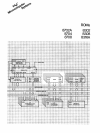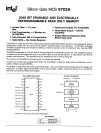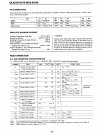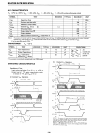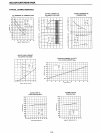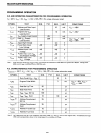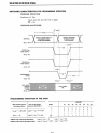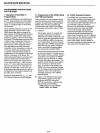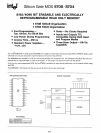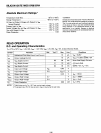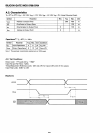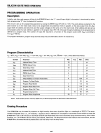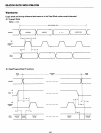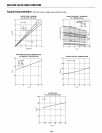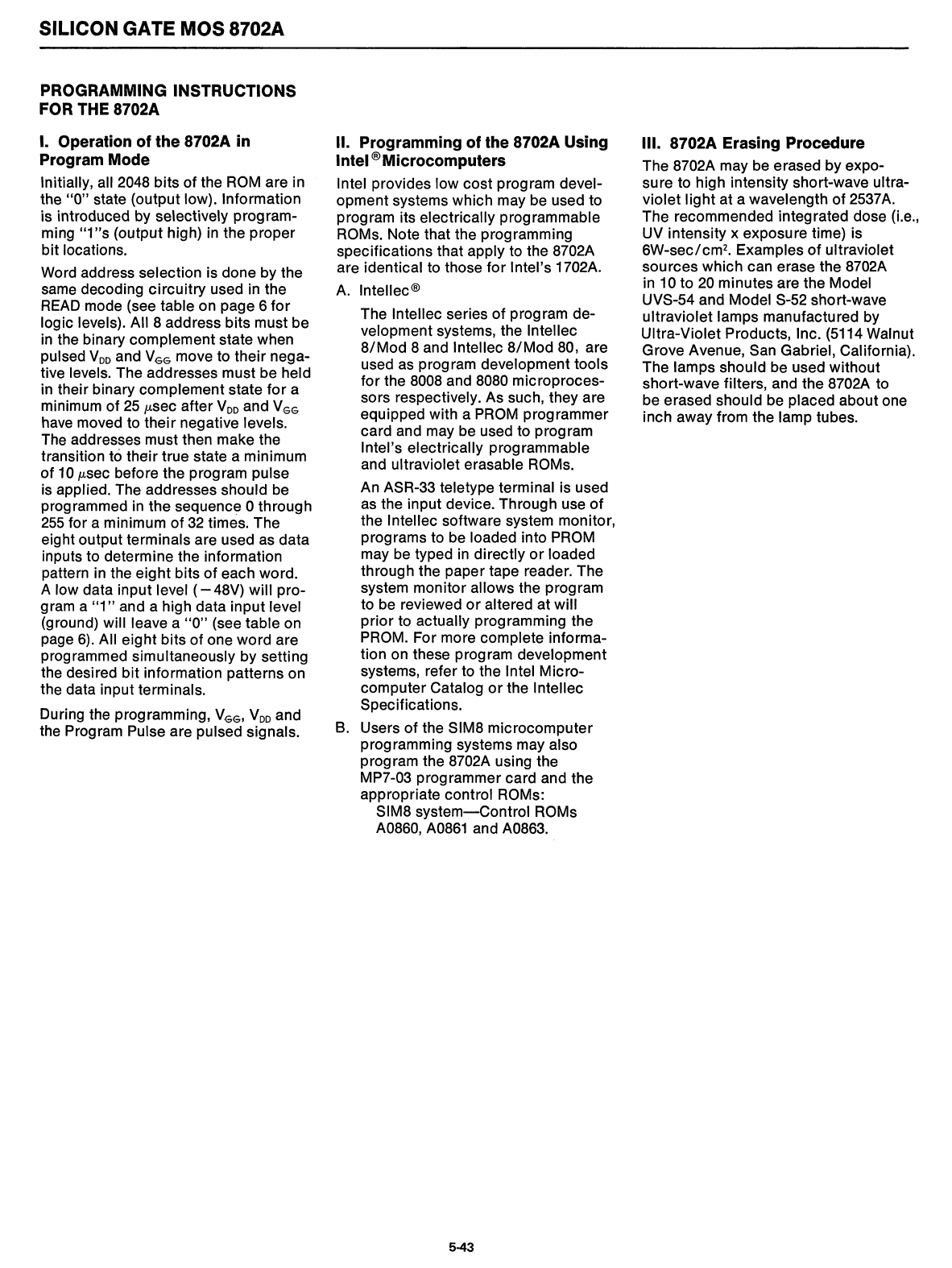
SILICON GATE
MOS
8702A
PROGRAMMING INSTRUCTIONS
FOR THE 8702A
I. Operation
of
the 8702A in
Program Mode
Initially, all 2048 bits of the
ROM
are in
the
"0"
state (output low). Information
is introduced by se\ectively program-
ming
"1
"s
(output high)
in
the proper
bit locations.
Word address selection is done by the
same decoding circuitry used in the
READ
mode (see table on page 6
for
logic levels). All 8 address bits must be
in
the binary complement state when
pulsed V
DD
and V
GG
move to their nega-
tive levels. The addresses must be held
in their binary complement state
for
a
minimum of
25
p'sec after V
DD
and V
GG
have moved to their negative levels.
The
addresses must then make the
transition to their true state a minimum
of 10
p'sec
before the program pulse
is
applied. The addresses should be
programmed
in
the
sequenc~
0 through
255
for a minimum of
32
times. The
eight output terminals are used
as
data
inputs to determine the information
pattern in the eight bits
of
each word.
A low data input level
(-
48V) will pro-
gram a
"1"
and a high data input level
(ground) will leave a
"0"
(see table on
page
6).
All eight bits of one word are
programmed simultaneously by setting
the desired bit information patterns on
the data input terminals.
During the programming, V
GG
, V
DD
and
the Program Pulse are pulsed signals.
II. Programming of the 8702A Using
Intel
®Microcomputers
Intel provides low cost program devel-
opment systems which may be used to
program its electrically programmable
ROMs. Note that the programming
specifications that apply to the 8702A
are identical to those for Intel's 1702A.
A.
Intellec®
The Intellec series of program de-
velopment systems, the Intellec
8/Mod
8 and Intellec
8/Mod
80, are
used
as
program development tools
for the
8008
and 8080 microproces-
sors respectively. As such, they are
equipped with a
PROM
programmer
card and may be used to program
Intel's electrically programmable
and ultraviolet erasable ROMs.
An ASR-33 teletype terminal is used
as
the input device. Through use
of
the InteHec software system monitor,
programs to be loaded into
PROM
may be typed
in
directly
or
loaded
through the paper tape reader. The
system monitor allows the program
to be reviewed
or
altered at will
prior
to actually programming the
PROM. For more complete informa-
tion on these program development
systems, refer to the Intel Micro-
computer Catalog
or
the Intellec
Specifications.
B.
Users
of
the SIM8 microcomputer
programming systems may also
program the 8702A using the
MP7-03 programmer card and the
appropriate control ROMs:
SIM8
system-Control
ROMs
A0860,
A0861
and A0863.
5-43
III. 8702A Erasing Procedure
The 8702A may be erased by expo-
sure to high intensity short-wave ultra-
violet light at a wavelength of 2537A.
The recommended integrated dose
(Le.,
UV intensity x exposure time) is
6W-sec/cm
2
•
Examples
of
ultraviolet
sources which can erase the 8702A
in 10 to
20
minutes are the Model
UVS-54 and Model S-52 short-wave
ultraviolet lamps manufactured by
Ultra-Violet Products, Inc. (5114 Walnut
Grove Avenue, San Gabriel, California).
The lamps should be used without
short-wave filters, and the 8702A to
be erased should be placed about one
inch away from the lamp tubes.



